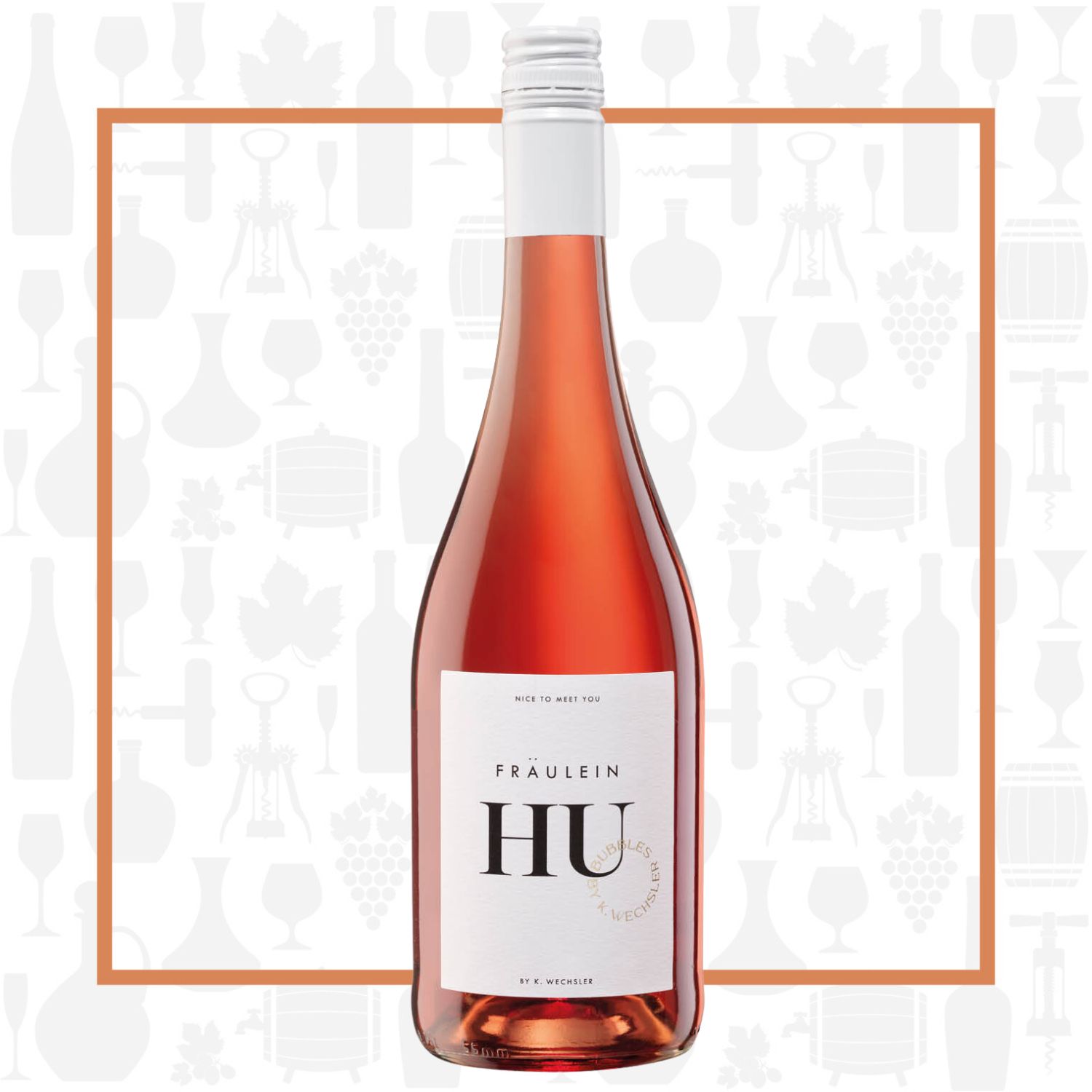Cellar Profile
The Rheinhessen suffered from over a century of (mis)use for sheer bulk production. Glorious, old vine vineyards sitting on steep, calcareous outcrops were largely forgotten in favour of high yielding sites lower down the hills. In recent years, with the movement to craft better quality wines, the Rheinhessen has a had a series of rising stars (particularly Klaus Peter Keller) creating sublime bone dry Rieslings that have achieved cult status. One of Keller’s protégés and neighbours, young Katharina Wechsler, took over her family winery in 2012 and has quickly become an ascending star in the region. She sources from “Grand Cru” level vineyards Kirchspiel and Morstein (used by Keller for his top bottlings), as well as her family’s monopole vineyard site, Benn, to make nervy, complex, ageworthy wines using biodynamic practices, spontaneous ferments, minimal intervention and eschewing most fining and filtration. She also makes a series of “Natural”, funky wines with extended skin contact. These world class wines are stunningly affordable.
Region
Germany’s largest wine region, Rheinhessen was historically known for mainly producing large amounts of bulk wine destined for the export market. That began to change gradually beginning in the 1980s, when growers began to focus on lower yields, drier styles and overall higher quality wines. Today, the region is home to the majority of Germany’s organic/biodynamic viticulture, with a great number of young and energetic producers eschewing the past and leading the future. Unlike other German wine regions, there are significant plantings of many grapes, though Riesling plays a role here as well, to be sure. You will find plenty of Muller-Thurgau, Dornfelder, Silvaner and Pinots Gris, Noir and Blanc throughout. The climate is relatively mild, protected by countless hills and forests and moderated on the east and west border by the Nahe and Rhine rivers, respectively. Soil types vary, though the majority are a mix of loess and loam with limestone deposits mixed with gravel.
Vineyard
Sourced from single vineyards in Westhofen (Benn and Kirchspiel) There are layers of limestone meandering through the substrate, channeling water and ensuring the plants have enough to drink even in the hottest parts of summer. The smallest vineyard in Westhofen, Benn is a monopole that has been in the Wechsler family for generations.
Winemaking
Hand-harvested grapes are specifically chosen for their primary fruit and high acid levels. They are gently crushed, with a few hours maceration on the skins to draw off colour, before being pressed into stainless steel for a cool ferment using indigenous yeasts. The finished base wines are blended into a tank for secondary fermentation on the gross lees, in the Charmat, or Prosecco Method, before being bottled.
Varieties
Dornfelder is a crossing native to Germany, created to have better resistance to rot and frost than Spätburgunder, as well as to give darker wines with firmer tannins. Dornfelder can give heavy yields and takes well to oak aging. Able to ripen in cooler climates, plantings have popped up all over the world, including in Ontario. Pinot Noir is called Spätburgunder in Germany. These black-skinned grapes are well-known internationally for crafting supple and elegant wines with low tannin levels, but they are typically very difficult to cultivate. Although it originated from Burgundy, France, you will find Pinot Noir plantings in most winemaking regions around the world. Portugieser (or Blauer Portugieser) is a thin-skinned, high acid, cool-climate varietal. It produces light-bodied, fresh reds, as well as rosé. Grown primarily in Germany and Austria, it is thought to have originated in Portugal.
Tasting Notes
Intense aromas of cranberry, blood orange and minerality. The mousse is gentle, with a light sparkle, but the acids are zingy and crisp. Cranberry, pink grapefruit and lemon flavours are underlaid by a crunchy mineral core. Chill well and serve as an aperitif, or chill lightly and serve it with take-out Chinese food.

